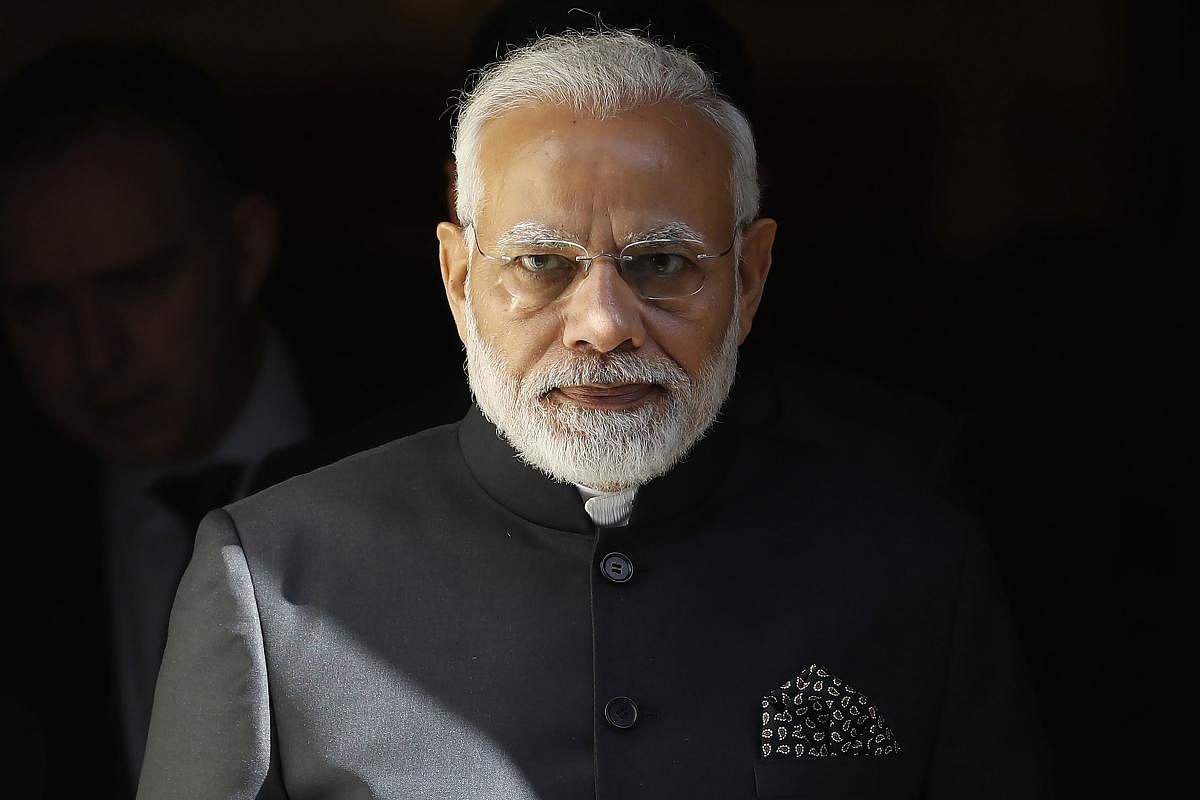
That India is going to the polls under the shadow of a massive jobs crisis cannot be brushed under the carpet. And thanks to the rich Indian tradition of extended parenthood, the hapless parents, unlike in the West, are cosseting the “demographic dividend”, who are either unemployed or trying to do some odd job or working in the unorganised sector.
Nobel-winning American economist Paul Krugman warned last year that India could end up with mass unemployment if it does not grow its manufacturing sector. The importance of boosting the manufacturing sector and making substantially higher investments in public services, education and health to fix India’s jobs crisis cannot be overstated.
That the government did not act on the warning is evident from the fact that the share of manufacturing in the economy grew only 1.5% over the last three years, to 18% of GDP. The situation is so alarming that the Modi government has had to fudge or suppress the data from the public gaze.
Krugman was otherwise quite impressed with India’s growth story and its becoming a better place to do business. But while acclaim from renowned economists do become occasions for cheer, the devil may lie in the details. Former Reserve Bank of India Governor Raghuram Rajan recently wondered aloud whether the economy was indeed growing at 7%, casting a doubt on the projected growth rate data and calling for an impartial body to clean up our statistics. More fundamentally, he threw cold water on the deductive logic put forward by Finance Minister Arun Jaitley that if India is growing at 7%, it must be creating jobs. Since we know that unemployment is growing, the possibility then is that we are not growing at 7%. The projected growth rate then must be a lie.
To understand the government’s intent, it bears recall that the Modi government changed the base year for calculating GDP growth to 2011-12. One set of data released by the National Statistical Commission in August 2018 showed that India’s economy had grown by over 10% for at least one year under the previous UPA government, to the great discomfiture of the Modi government. The figure was tweaked again, three months later. Matters came to a head when the Business Standard reported the National Sample Survey Office’s Periodic Labour Force Survey, conducted between July 2017 and June 2018, recording the unemployment rate at a 45-year high of 6.1% in 2017-18. The original report did not see the light of day at all, and two independent members of the National Statistical Commission resigned.
Krishnamurthy Subramanian, the government’s chief economic adviser (CEA), recently said that India’s next government will have to bring in land, labour and financial sector reforms to improve the productivity of the manufacturing sector and boost economic growth, a prescription that might account for why ‘Make in India’ never really took off. Quite a few business leaders have said that delays in land acquisition for private factories, decades-old restrictive labour laws and higher borrowing costs disincentivise many investors who are prompted to build new plants in countries like Vietnam, Thailand and Bangladesh.
But shoddy attempts to fudge GDP and unemployment figures notwithstanding, the darker realities cannot be hidden. The recent one comes from a report analysing the country’s employment situation specifically from the gender lens. Published by Oxfam India, the report projects a grim picture. Labour-intensive sectors such as textiles, micro, small and medium enterprises have been given a short shrift by the Modi government, compounded by the tectonic ripples caused to unorganised sector firms by demonetisation and GST.
“Unemployment is not the bigger point to debate” the CEA said, “It is meaningful employment.” He pointed to the mismatch between the number of jobs which firms are creating (the supply side) and the number of people skilled enough to take those jobs (demand side), adding that the demand side was being overlooked at the cost of the supply side.
Demand and supply imbalance
With a huge army of university graduates who lack basic work skills resulting in a serious demand and supply imbalance in skills in the labour market, unemployability seems to be a more pressing problem than unemployment itself. A sharp increase in the employment of informal workers in the organised sector, particularly in the private sector, and a rise in the number of contract workers, shooting up from 20% of the total workforce to 33% within a decade point to the scarcity of meaningful employment.
As per an estimate, more than 90% of the Indian labour market is informal, while only 2.3% of the workforce has undergone formal skills training, compared to 75% in Germany and 30% in China. Aurn Jaitley proclaiming a “wave of self-employment” does not help to defend the failure of the Modi government to create enough jobs. At best, it helps to airbrush the full range of India’s unemployment crisis. In this context, it is important to unravel the magnitude of a kindred problem, very specific to India, namely under-employment, alongside wholesale ‘casualisation’ of employment.
Modi should have owned up to his failure, because the looming unemployment crisis cannot be solved in a single term. He does not have a magic bullet either by which he can try a one-size-fits-all strategy to tide over the problems bedevilling India’s large economy.
Going by the monstrosity of the unemployment crisis, it is a moot question whether the large army of unemployed youth who might have been lured by Modi’s pompous promise in 2014 of creating 10 million jobs a year still consider him a hero in 2019, merely because of the Balakot airstrike, and will vote for him, condoning his inability to provide them jobs.